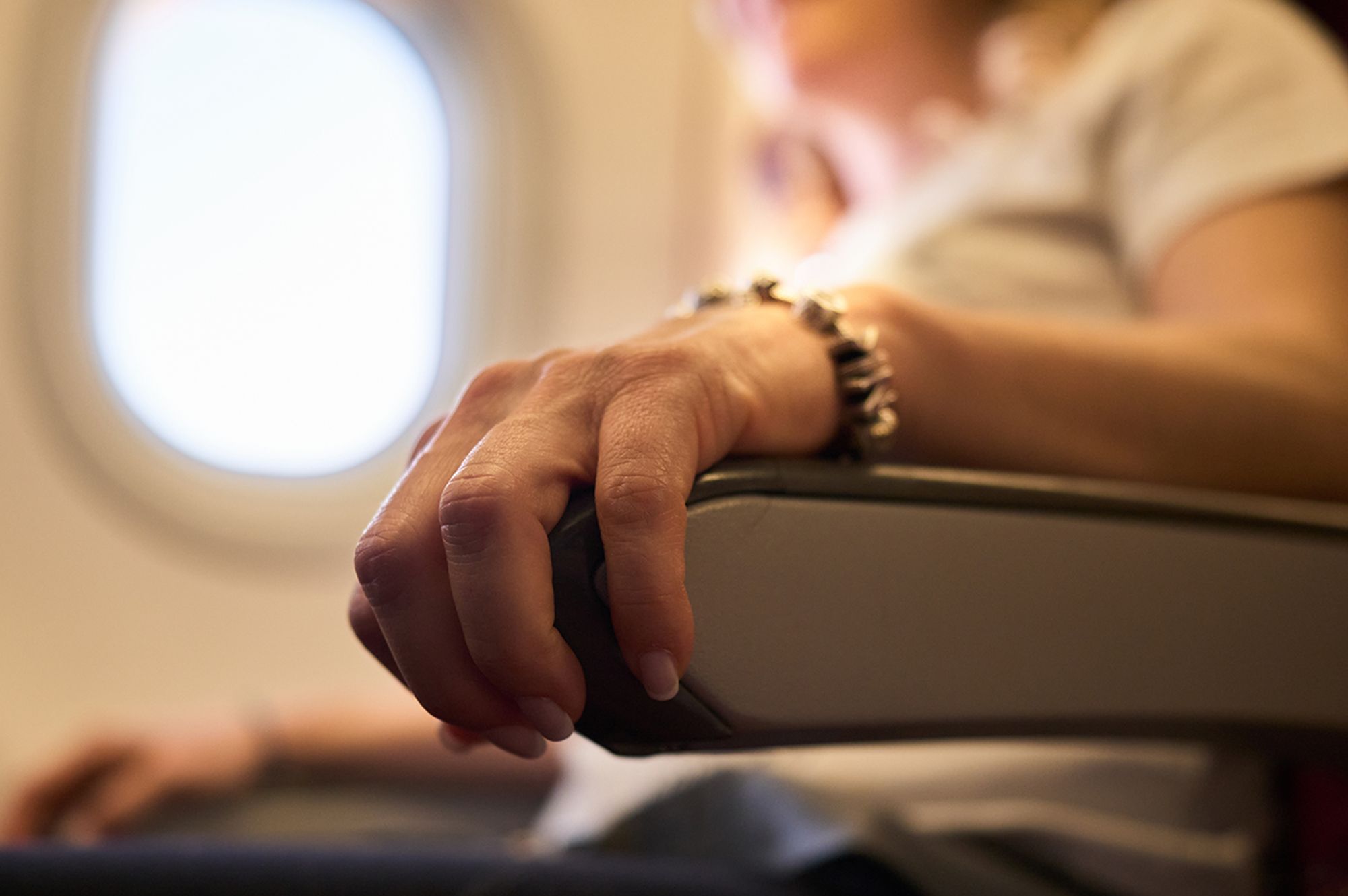Following 48 countries and numerous flights, I discovered how turbulence predictions can transform fear into assurance.

In 2017, I transitioned from being a news reporter to a travel writer, and this choice has transformed my life in numerous ways that I can't fully elaborate on here. From that point onward, I've visited 48 countries and continue to explore, connecting with people worldwide and recording their experiences so I can bring them back to share with you. Indeed, it's a dream job, and I won't downplay that. However, there is one aspect I wish I could avoid: air travel.
Yes, I'm confessing in writing that I'm afraid of flying—and I do it for a living.
Clearly, I've attempted nearly everything, but only one approach has shown any real impact: understanding how to access and interpret turbulence forecasts for every flight I undertake. I rely on websites such as Turbli, which integrates information from official weather and aviation authorities to forecast turbulence, wind, and thunderstorm conditions along my flight path.
"Having a background in engineering and fluid mechanics, aviation turbulence has always intrigued me," Ignacio Gallego-Marcos, the founder ofTurbli, told Travel + LeisureI created Turbli to allow passengers the ability to view information that was once considered accessible only to pilots.
It seems that visualization could be the key to helping me conquer my fears.
"Approximately 25 percent of travelers experience flight anxiety, reflecting a complicated interaction between innate fear mechanisms and modern mental processes," Bryan Bruno, the medical director atMid City TMS, a medical center based in New York City that specializes in treating depression and anxiety, said to T+L. "When you utilize tools such as Turbli to forecast turbulence, you are activating your prefrontal cortex instead of letting your amygdala take over with fear reactions. Information turns uncertain dangers into controllable factors."
He mentioned that the human brain is unable to simultaneously perform "rational analysis and panic," which is why tools such as Turbli tackle anxiety's main aspect: uncertainty. "When you are aware that moderate turbulence is anticipated over Colorado, your mind stops generating disaster scenarios, substituting 'What if?' with 'I know what to expect.'" According to Bruno, this approach resembles exposure therapy, which makes situations more predictable and reduces fear reactions.
However, this is not the sole form of exposure therapy available. "Exposure-based activities, like slowly watching flight videos, practicing airport visits, or utilizing flight simulators, can help retrain the brain to handle the feelings associated with flying without causing a panic reaction," says Debra Kissen, founder and CEO atLight on Anxiety Treatment Centers, told T+L. "Certain individuals also find value in using guided relaxation applications, deep breathing techniques, or participating in organized 'fear of flying' courses provided by airlines and mental health professionals."
A fundamental breathing method recommended by many professionals is the "4-7-8 breathing technique," which can be applied while traveling by air. According to Bruno, it involves inhaling for four seconds, holding the breath for seven, and exhaling over eight seconds. "This stimulates your parasympathetic nervous system, effectively reducing the physical symptoms of anxiety."
Furthermore, specialists point out that individuals like me who experience anticipatory anxiety in the days leading up to a flight can also develop a strategy to reduce stress. "For instance, packing several days before the trip to feel more in control, making a relaxing playlist for the morning of the journey, recording a loved one's calming voice to listen to, downloading podcasts or meditations to use when anxiety increases, and having a healthy breakfast," Laura Ferguson, the executive director ofPathlight Mood and Anxiety Center, as told to T+L. She also mentioned that it's wise to steer clear of caffeine (which may increase anxiety) and that "it's a good strategy to depart earlier than planned to account for any unexpected issues at the airport."
If turbulence makes your hands clammy, Gallego-Marcos is here to inform you that moderate and severe turbulence doesn't pose a threat to aircraft. "Severe turbulence is extremely uncommon, although it can occur, so all airplanes are designed with this in mind."
So go ahead and try Turbli, then take a look atall these other professional suggestions, and ultimately, consult a professional if it ever hinders you from boarding that plane for your dream vacation.
Read the original story onTravel & Leisure